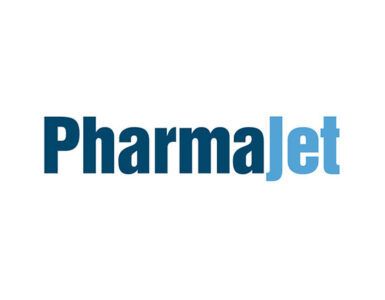
According to a number of trade media reports, Profound Medical’s (NASDAQ:PROF; TSX:PRN) recently 510(k)-cleared TULSA-PRO system received high marks at the Radiology Society of North America (RSNA) annual meeting.
TULSA-PRO is a transurethral prostate tissue ablation system that uses real-time MRI, robotically-driven directional thermal ultrasound and closed-loop temperature feedback control software. It provides incision- and radiation-free, whole or partial prostate gland ablation, protecting the urethra and rectum to preserve men’s functional abilities.
An article on AuntMinnie.com noted that TULSA is designed to deliver precise doses of sound waves to diseased prostate tissue and spare healthy nerve tissue surrounding the prostate. The piece highlighted that the TACT pivotal trial, which was used to support Profound’s successful 510(k) application to the FDA, “showed minimal side effects for patients and exceptional success in reducing or eliminating the cancer.”
EurekAlert! reports that TULSA relies on a rod-shaped device that is inserted into the urethra. The novel device has 10 ultrasound-generating elements that can cover the entire prostate gland. One or more of the elements are used to send out sound waves that heat and destroy the target prostate tissue. The elements are controlled automatically by a software algorithm that can adjust the shape, direction and strength of the therapeutic ultrasound beam. The entire procedure takes place in an MRI scanner so that doctors can closely monitor treatment and assess the degree and location of heating.
“Unlike with other ultrasound systems on the market, you can monitor the ultrasound ablation process in real time and get immediate MRI feedback of the thermal dose and efficacy,” Dr. Steven S. Raman, professor of radiology and urology, and director of Prostate MR Imaging and Interventions and Prostate MR Imaging Research at the University of California at Los Angeles (UCLA), said in a statement. “It’s an outpatient procedure with minimal recovery time.”
In the TACT study presented by Dr. Raman at RSNA, researchers enrolled 115 men, with a median age of 65, who had median prostate-specific antigen (PSA) levels of 6.3 ng/mL. The patients presented with localized low- or intermediate-risk prostate cancer, which was confined to the prostate gland. Clinicians delivered the TULSA treatment to the entire gland over an average time of 51 minutes.
Prostate volume among the subjects decreased on average from 39 cubic cm before the treatment to 3.8 cubic cm 12 months later. In addition, clinically significant cancer was eradicated in 80% of the patients, with 65% of men showing no signs of any cancer in a biopsy after one year. Overall PSA levels also decreased by a median of 95% at one-year follow-up, and there were no bowel complications.
The study also supports the use of MRI for post-treatment monitoring of patients who undergo TULSA. MRI at one year after treatment had a negative predictive value of 93% to 96% for detecting residual cancer, meaning it was very accurate for ruling out disease recurrence in patients.
“We saw very good results in the patients, with a dramatic reduction of over 90% in prostate volume and low rates of impotence with almost no incontinence,” Dr. Raman said.
He said there are two very unique things about this system. “First, you can control with much more finesse where you’re going to treat, preserving continence and sexual function. Second, you can do this for both diffuse and localized prostate cancer and benign diseases, including benign hyperplasia.”





